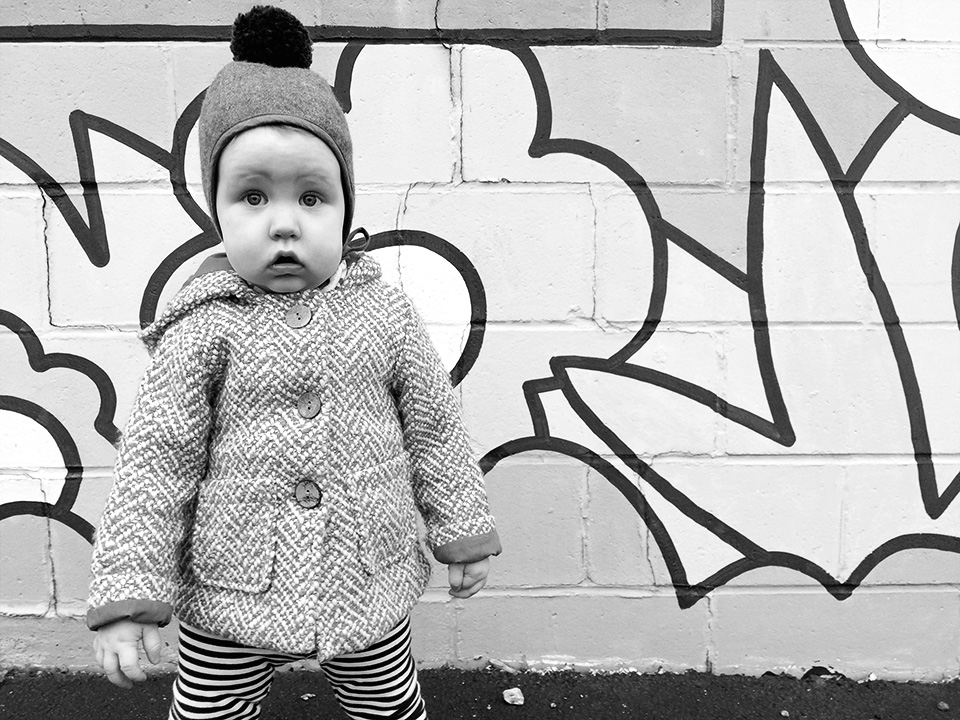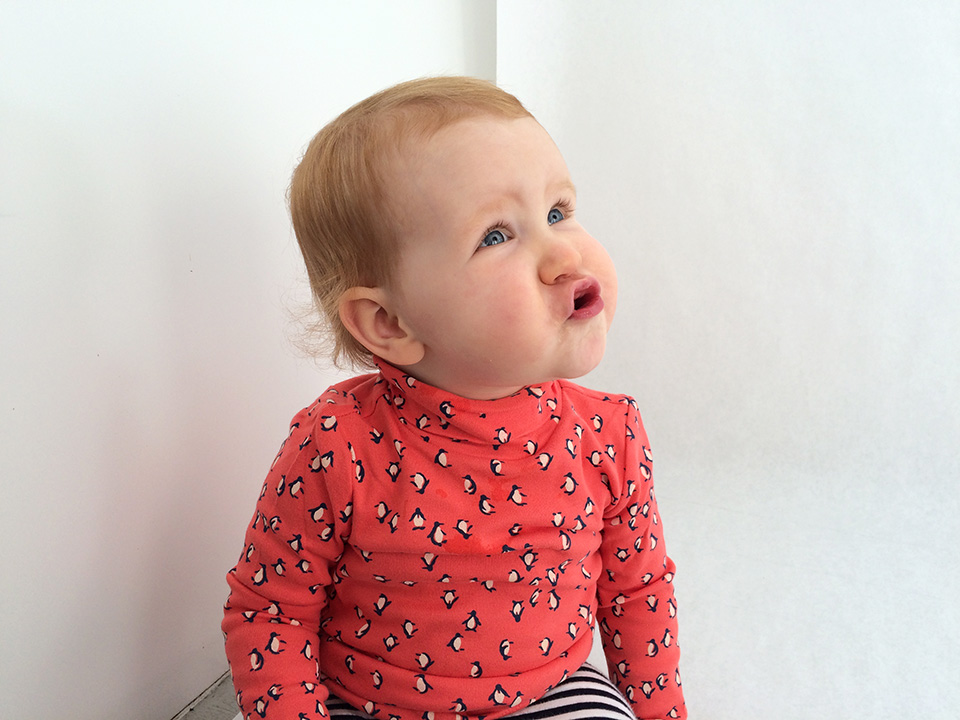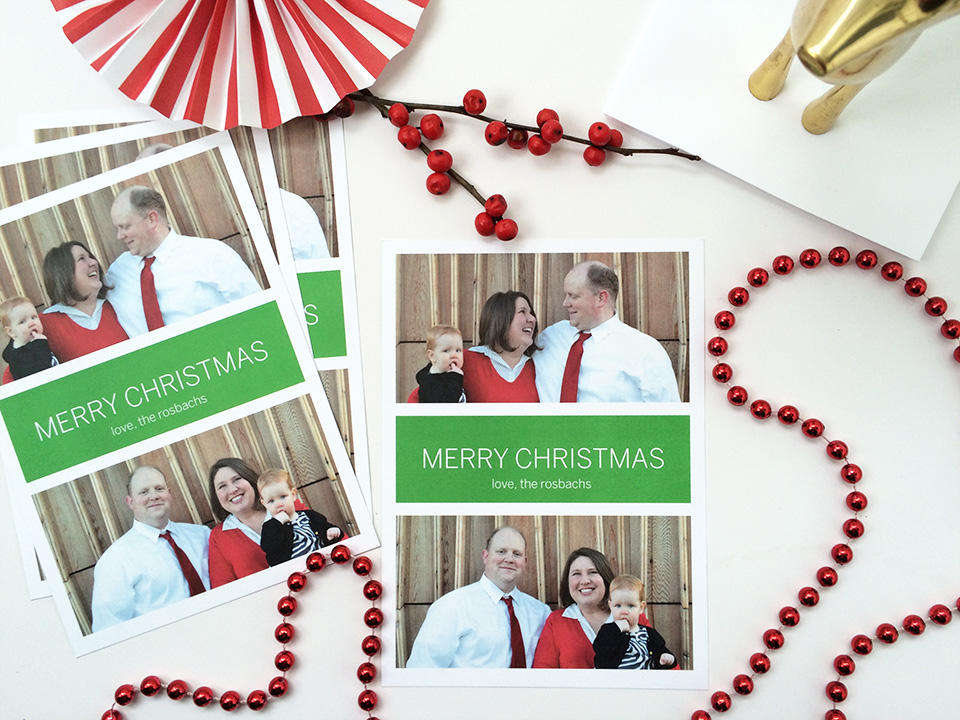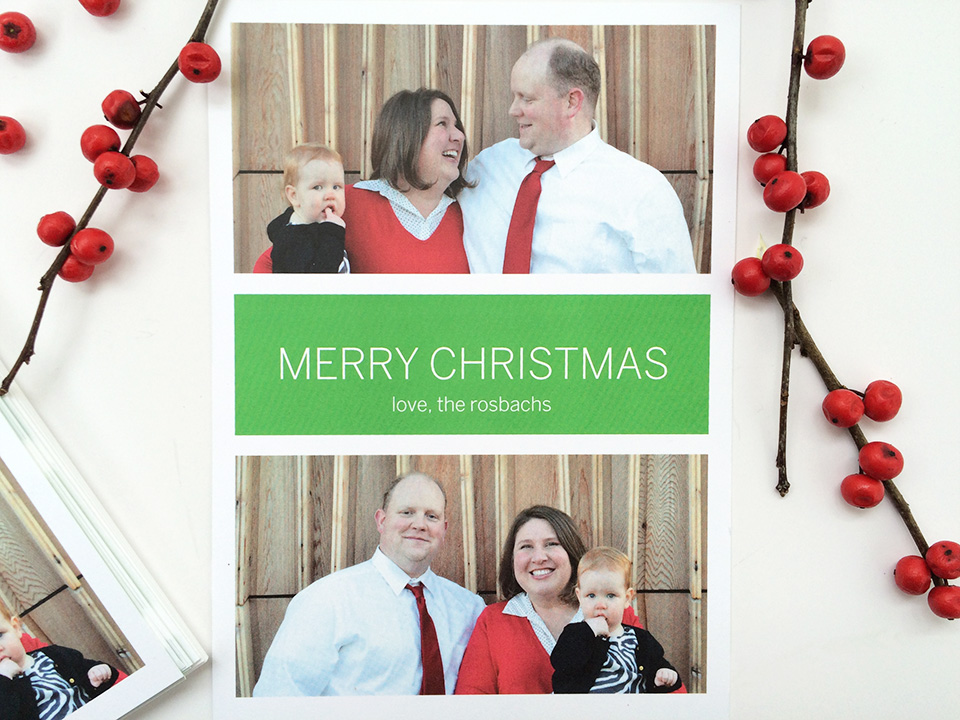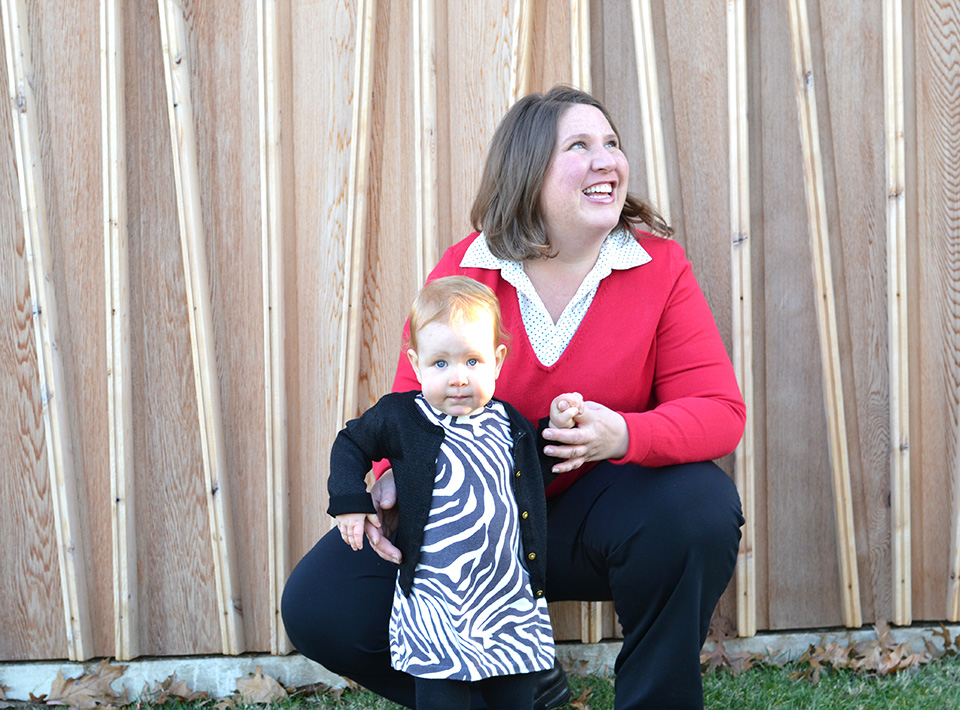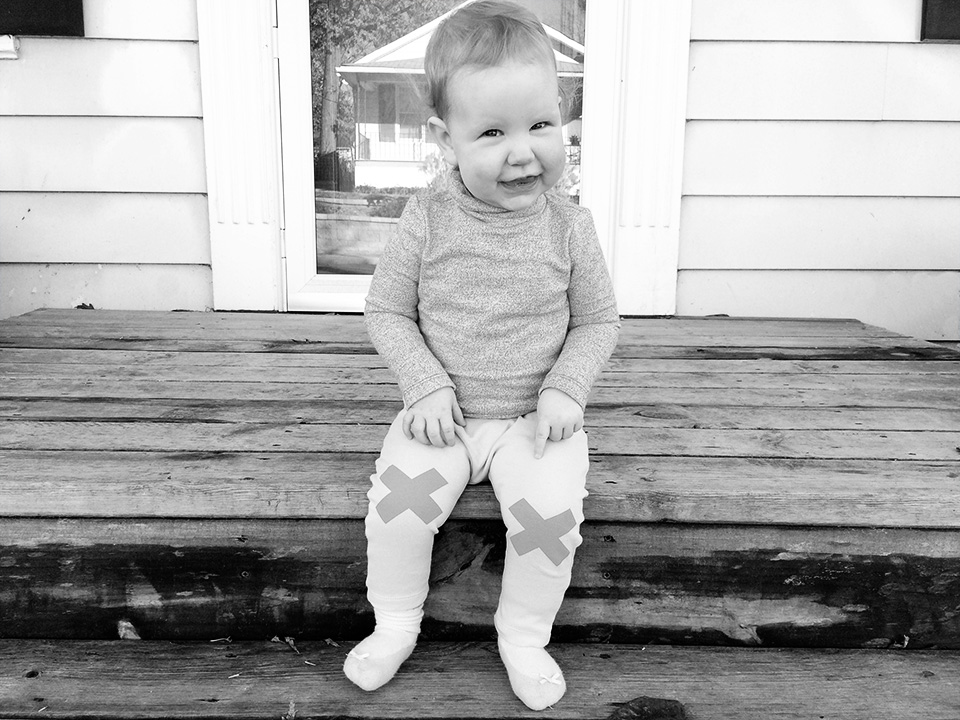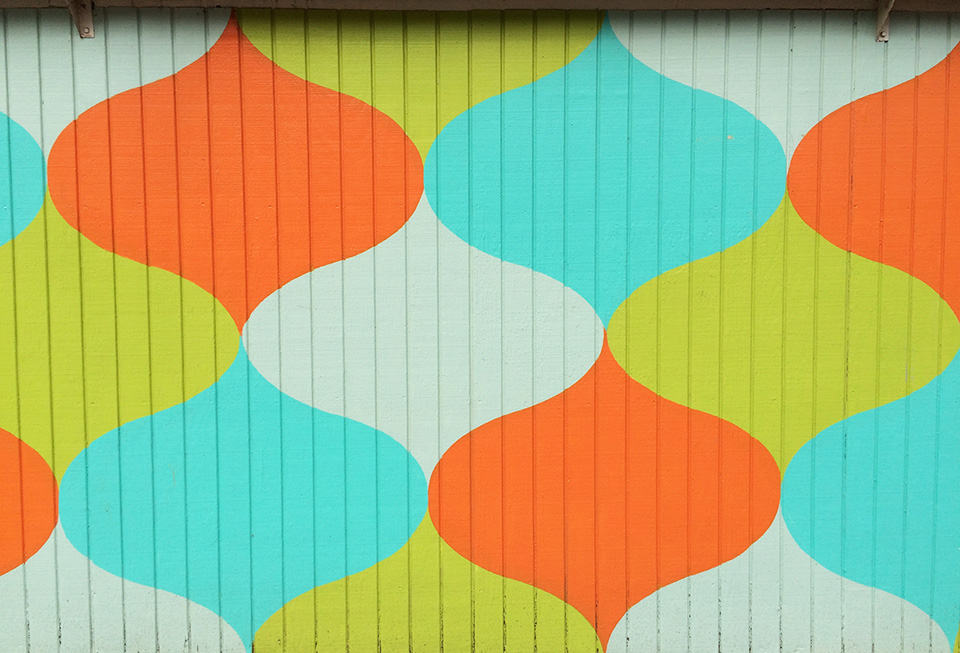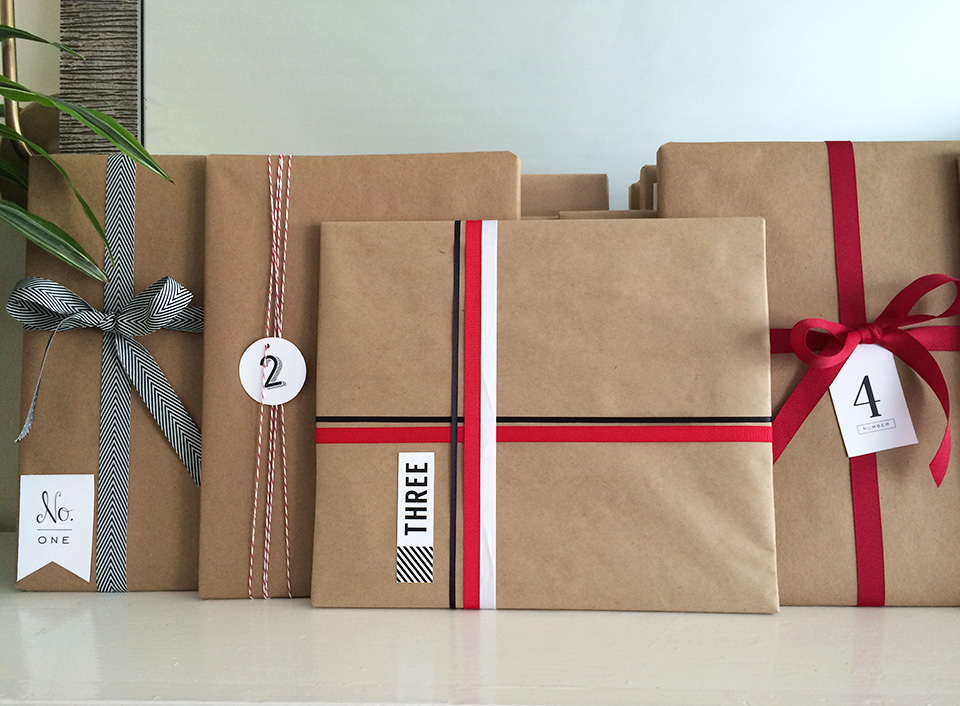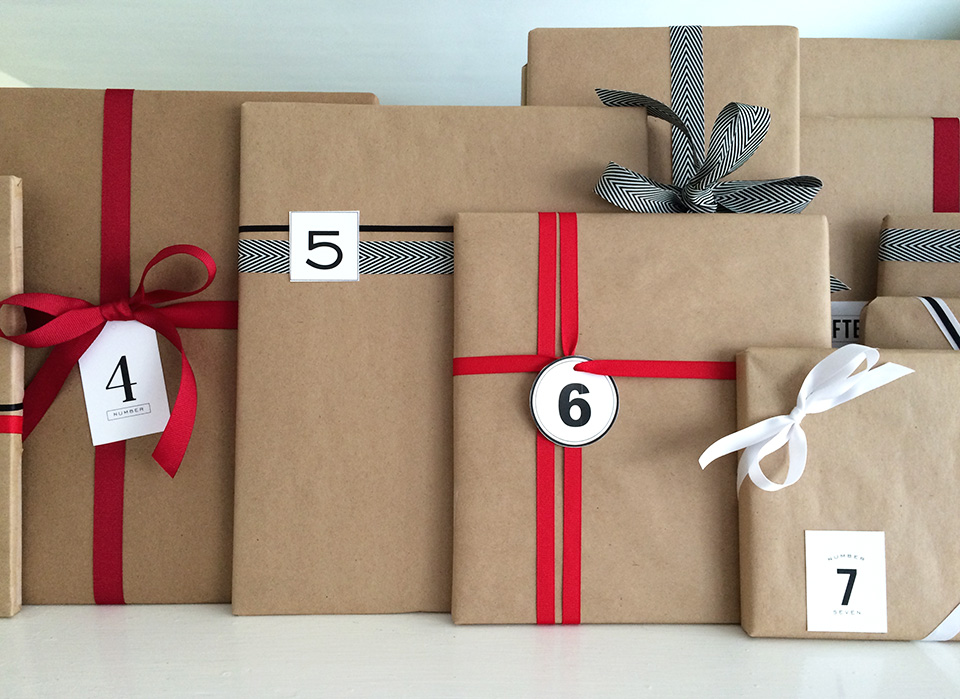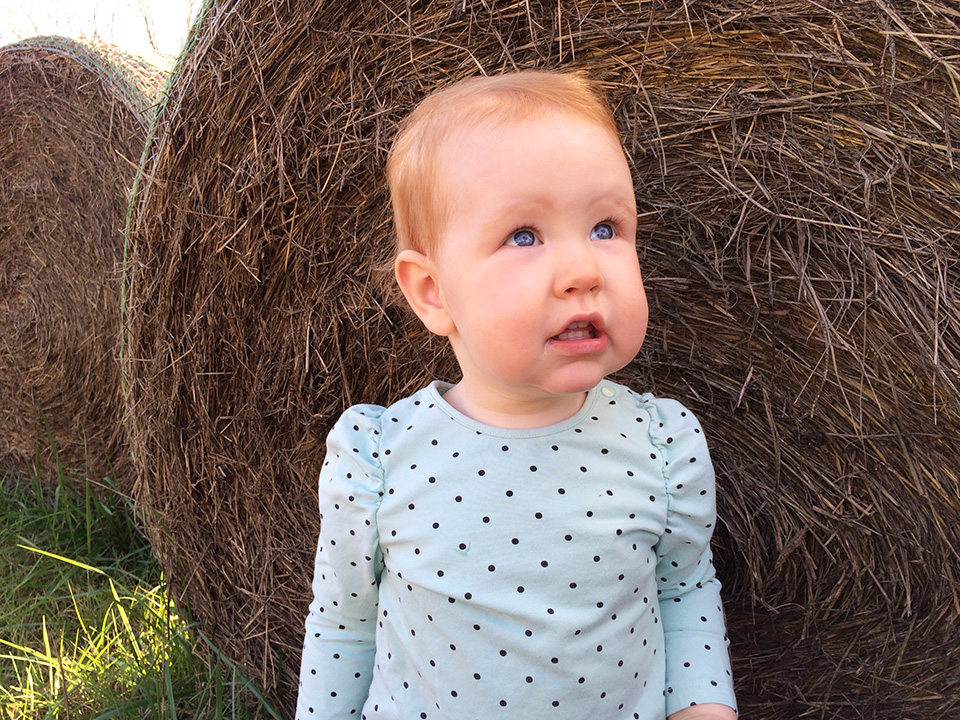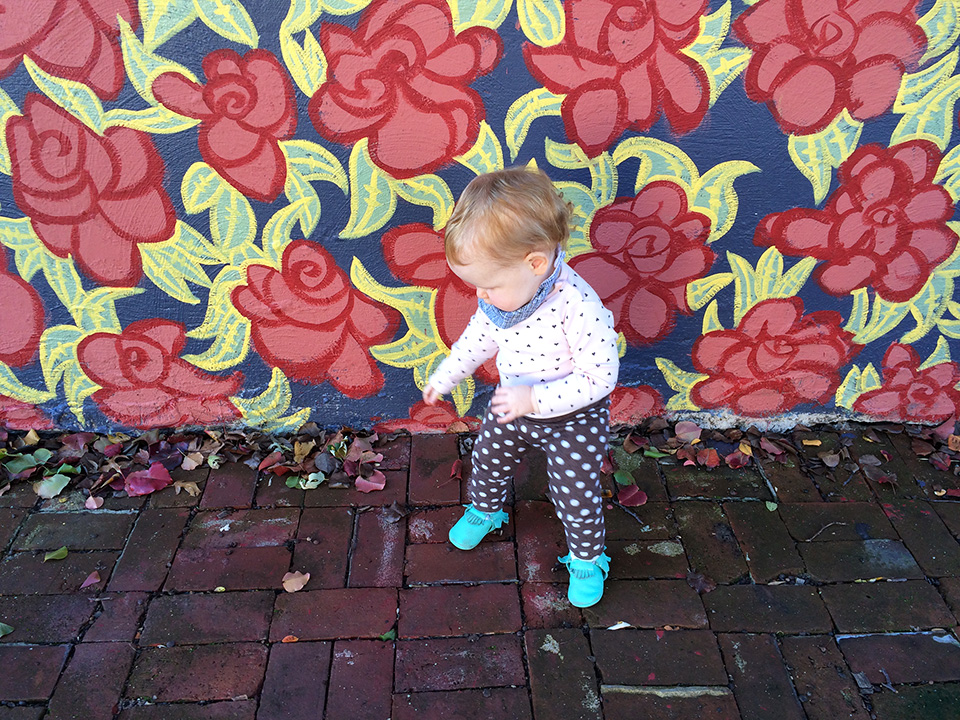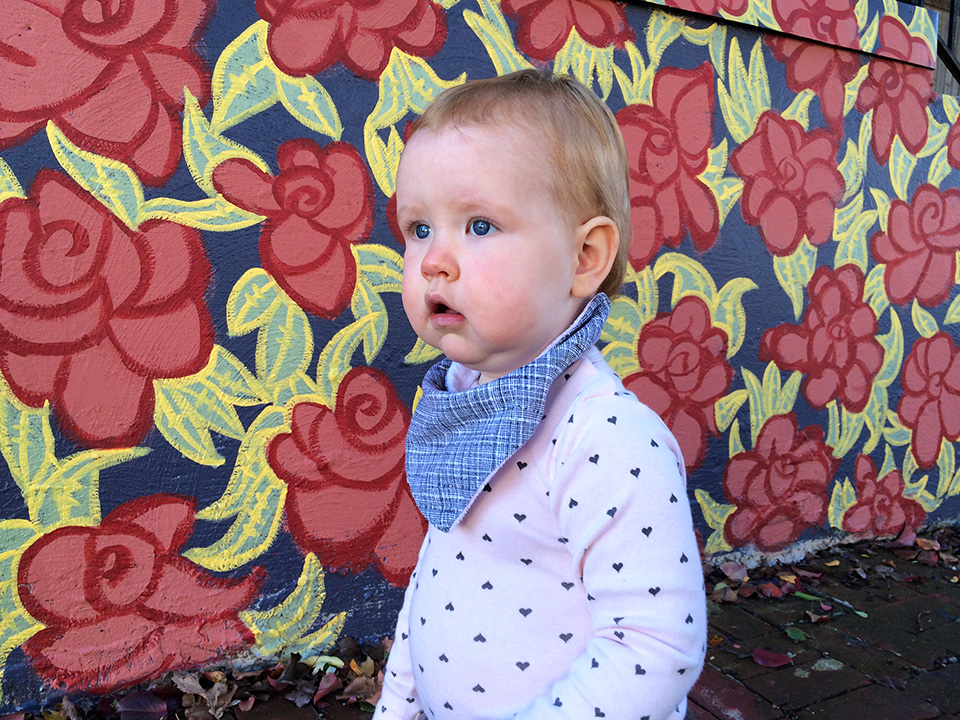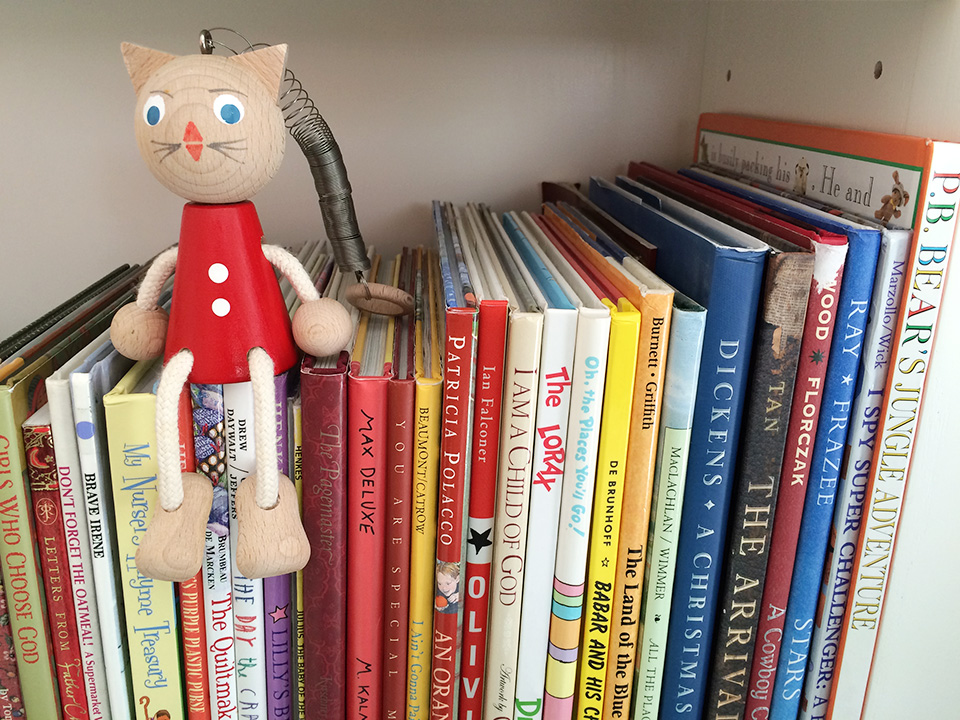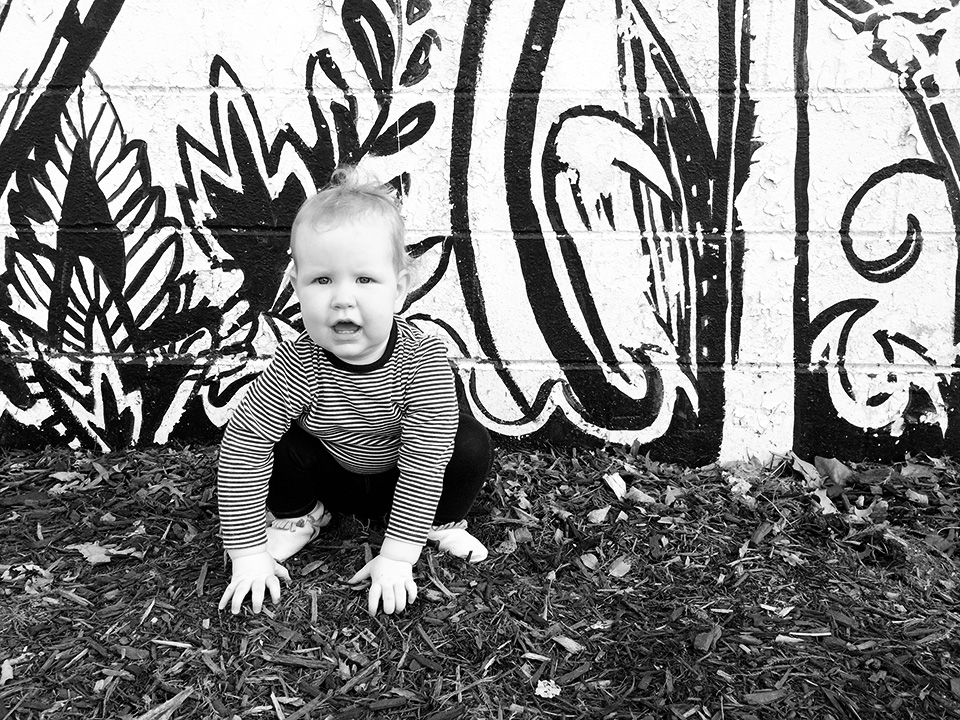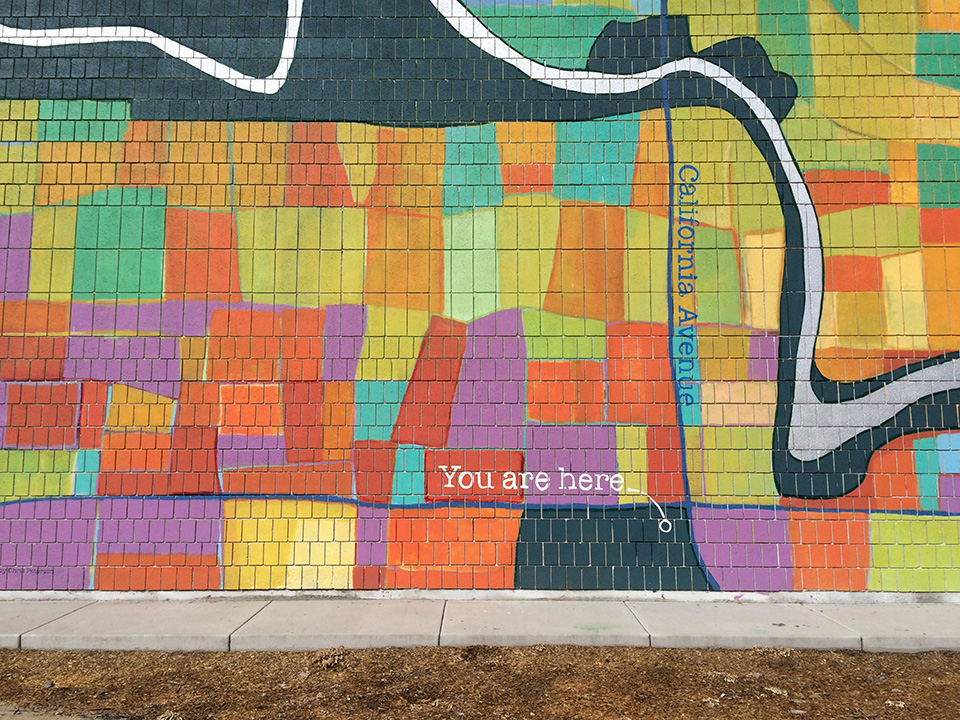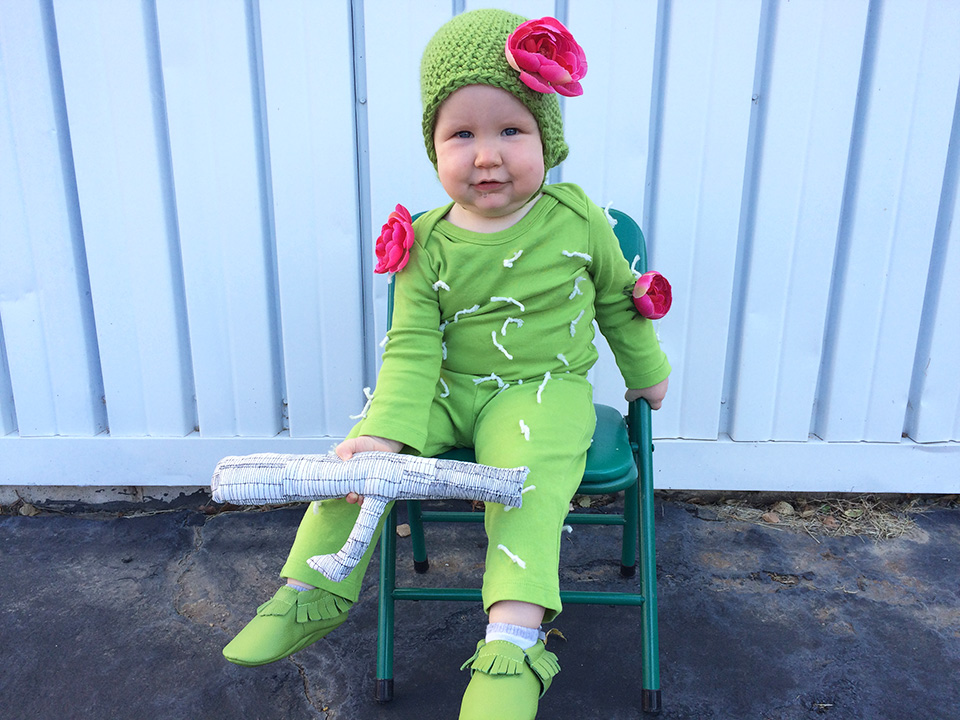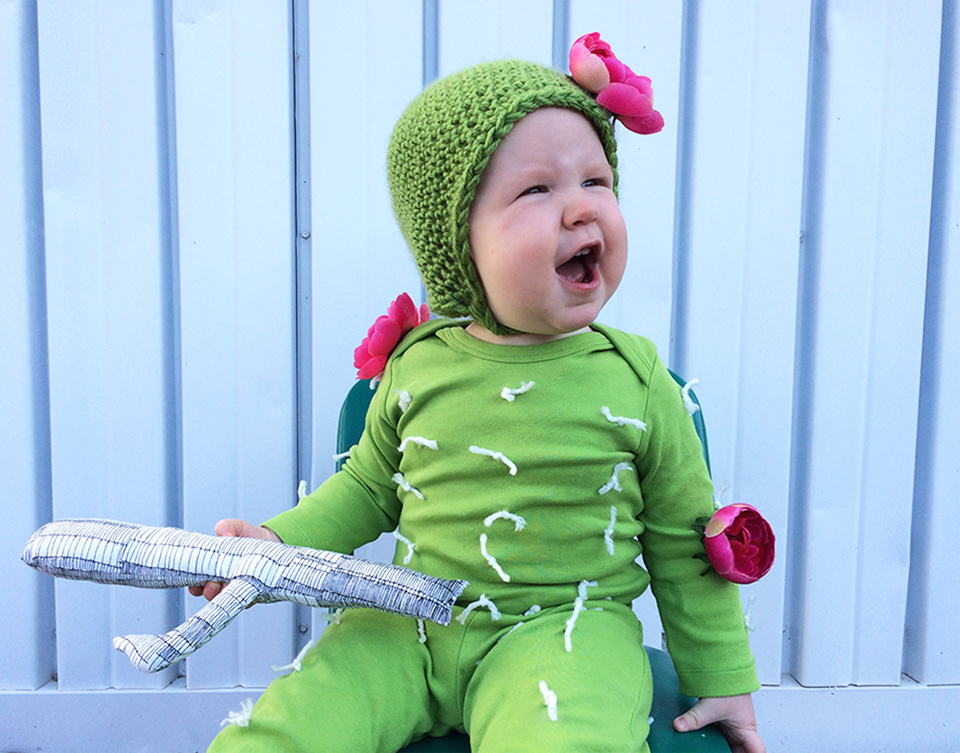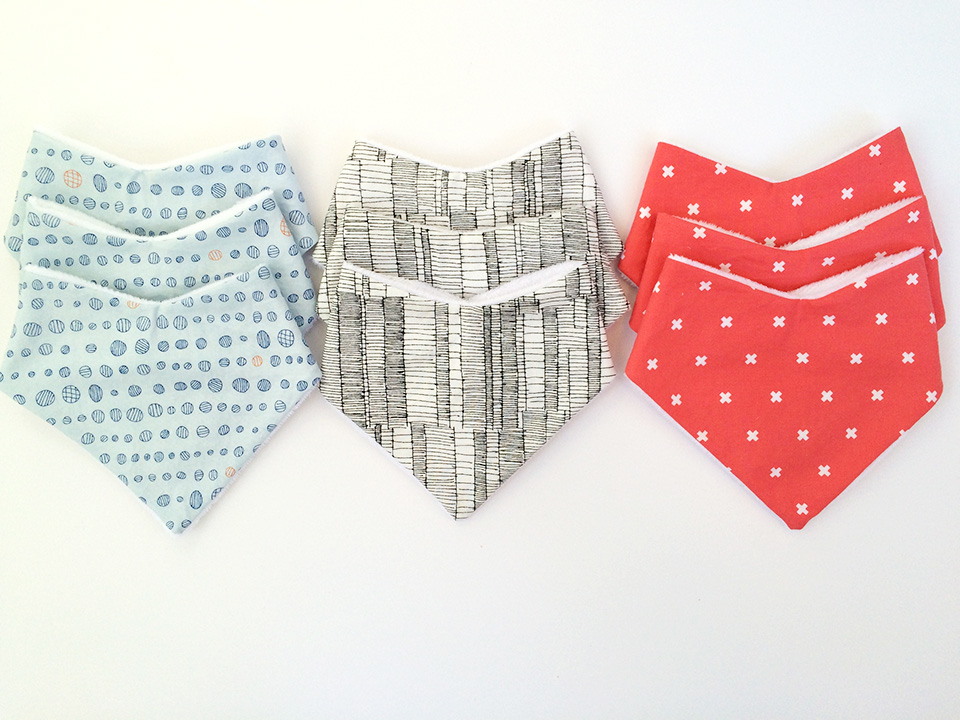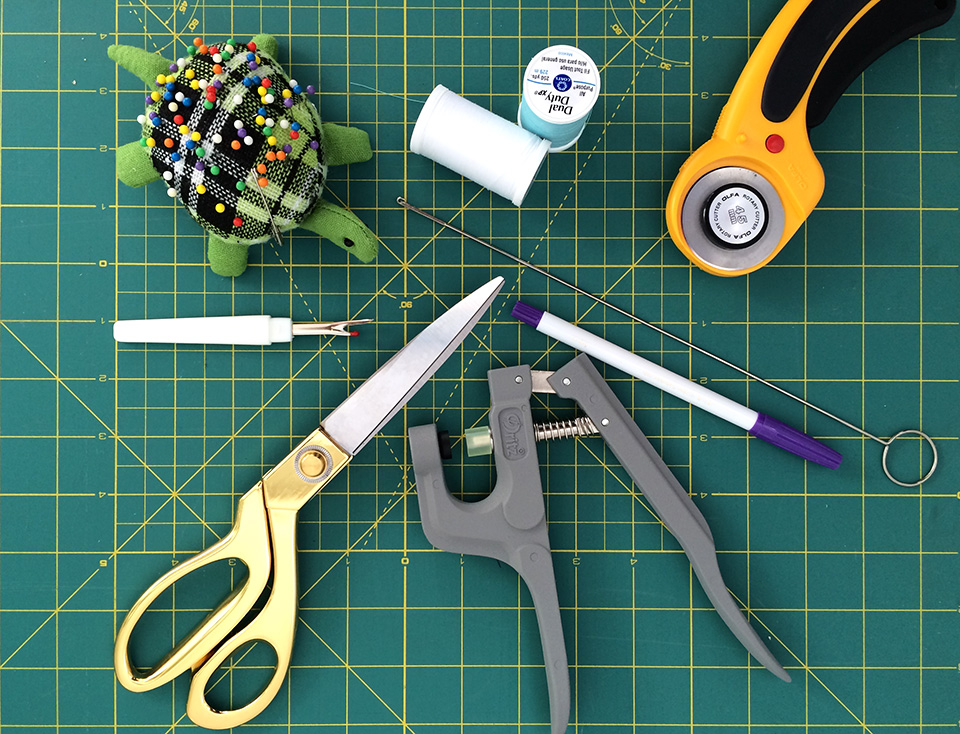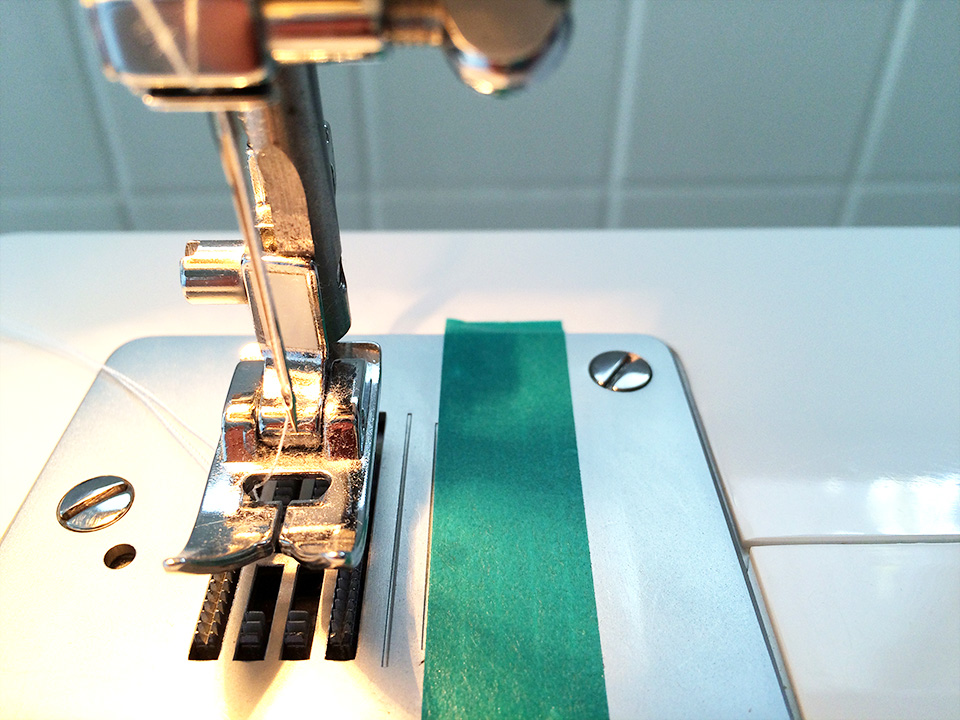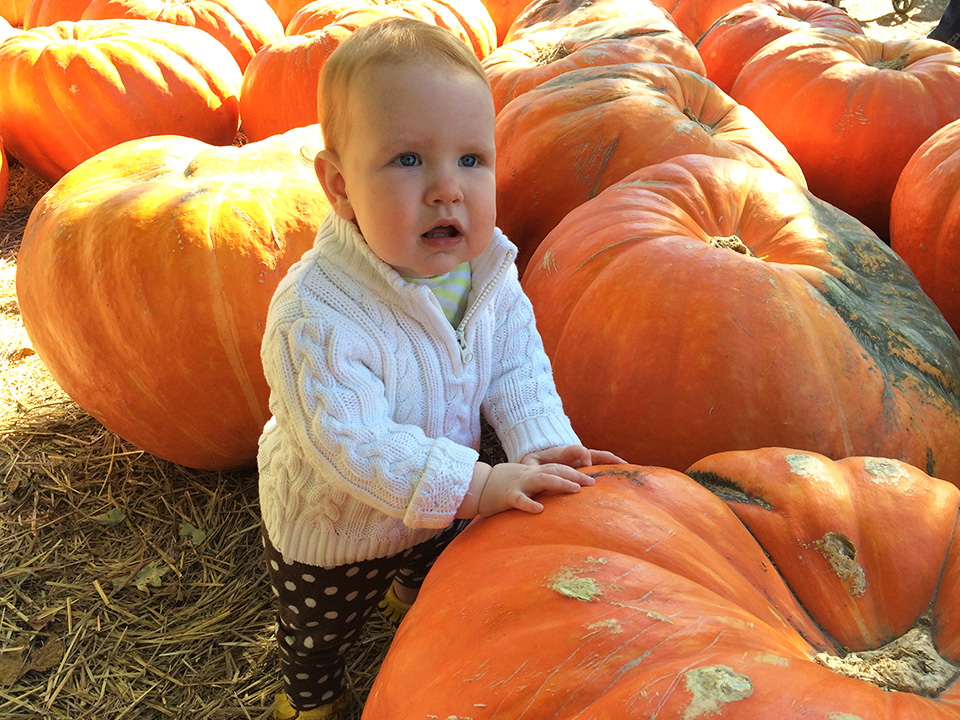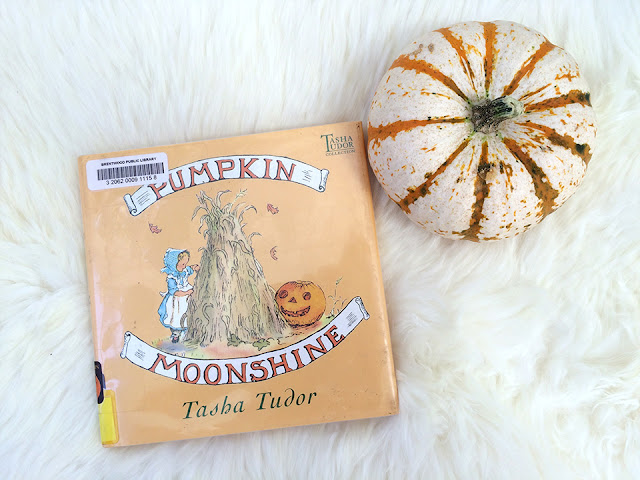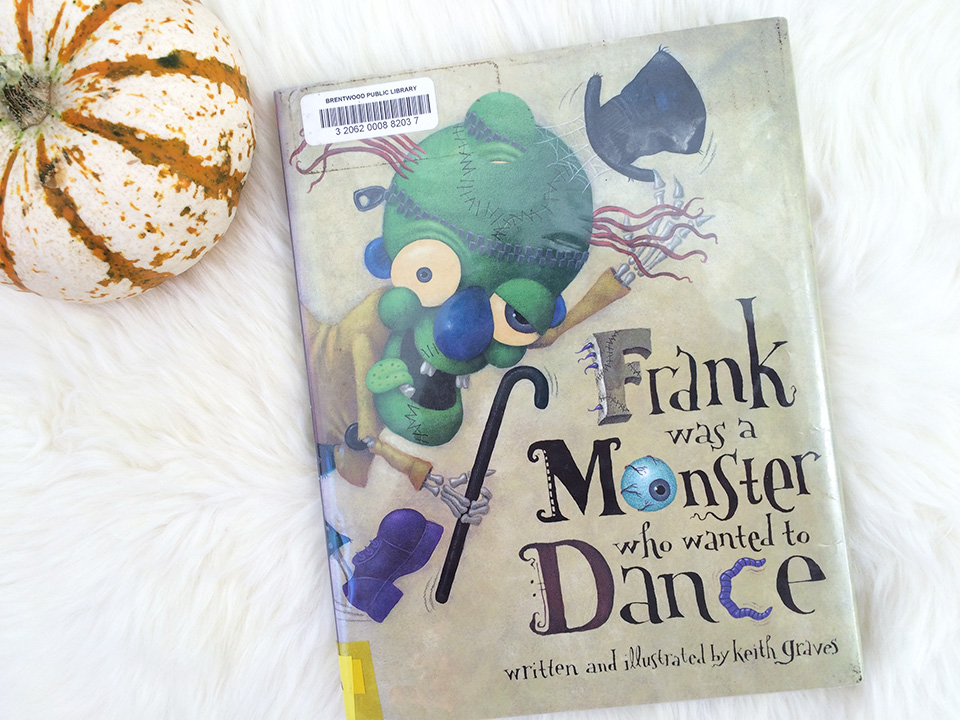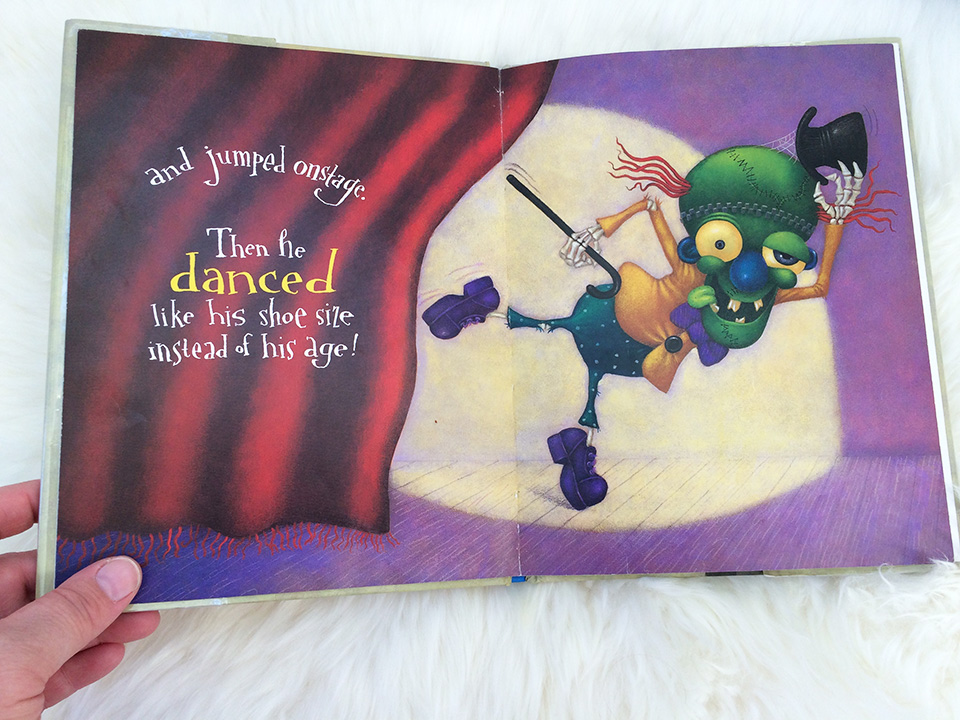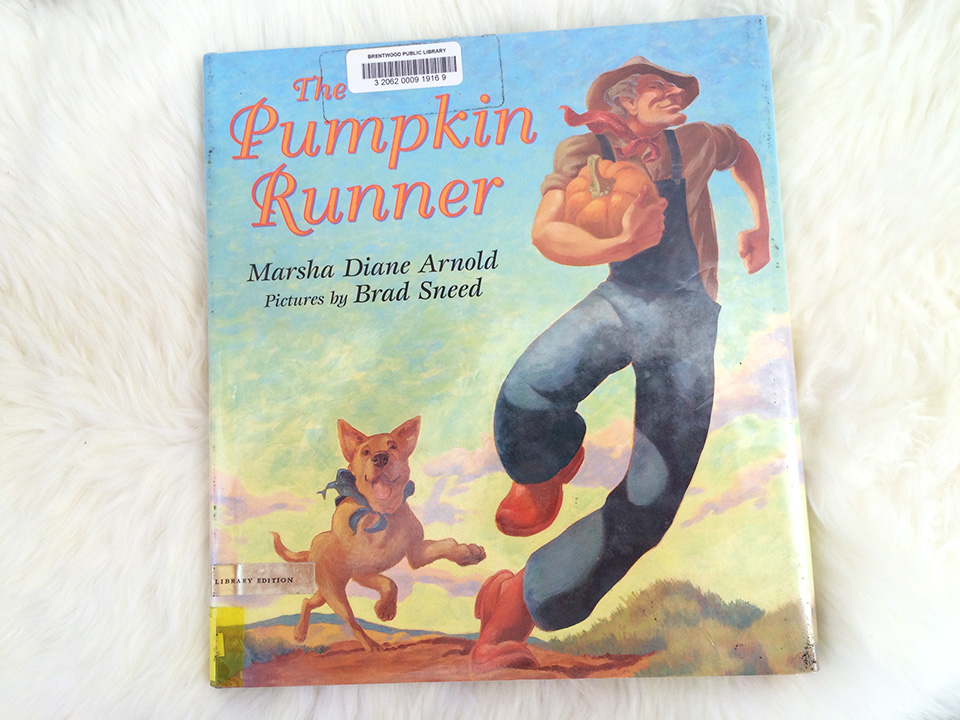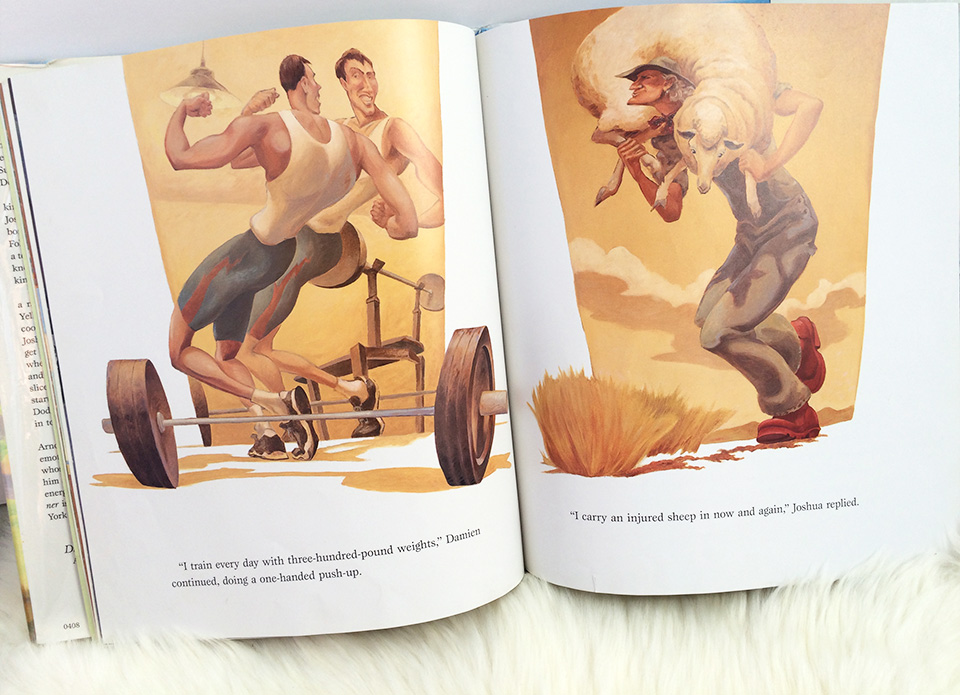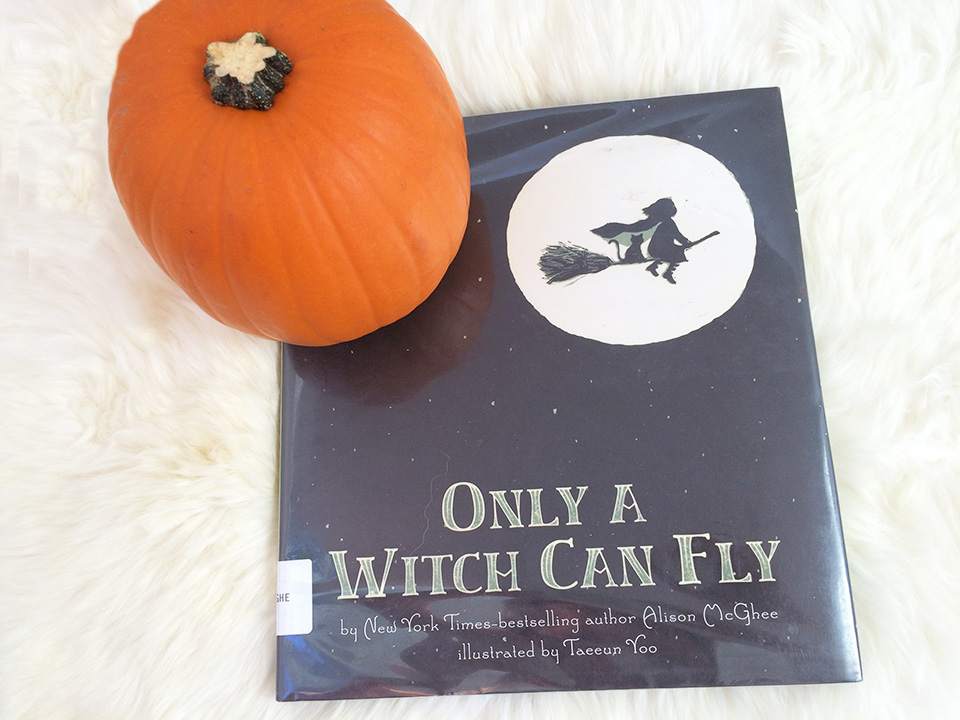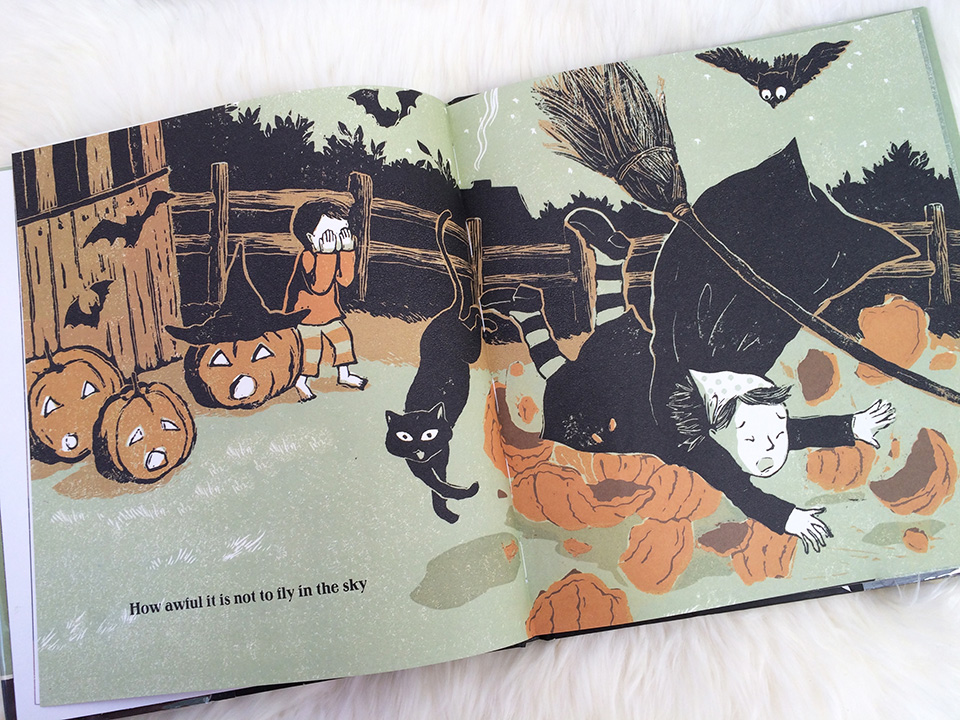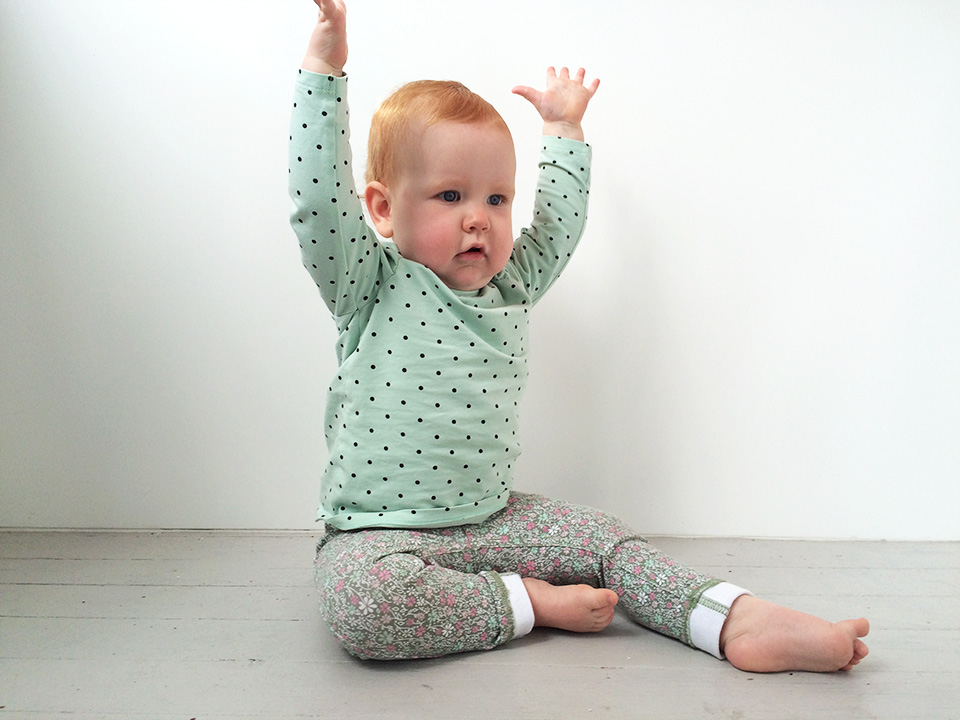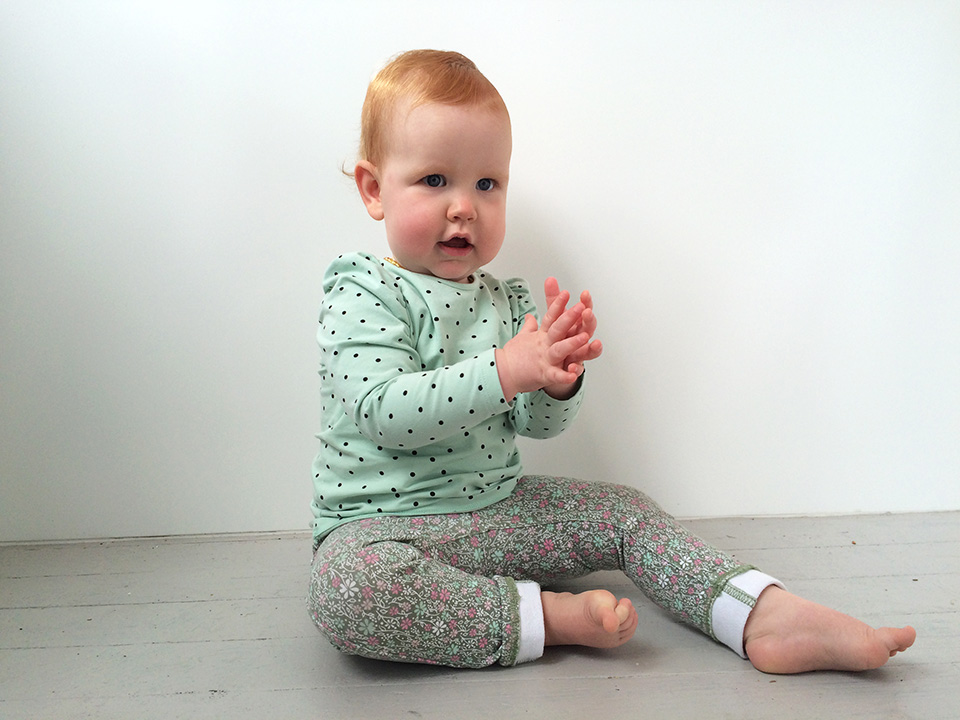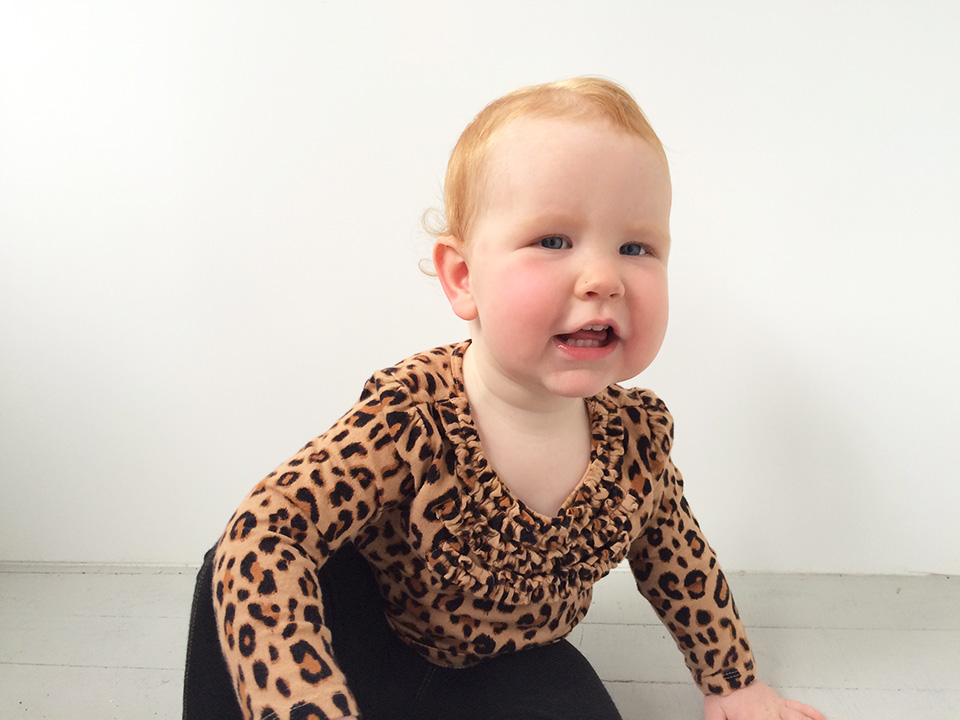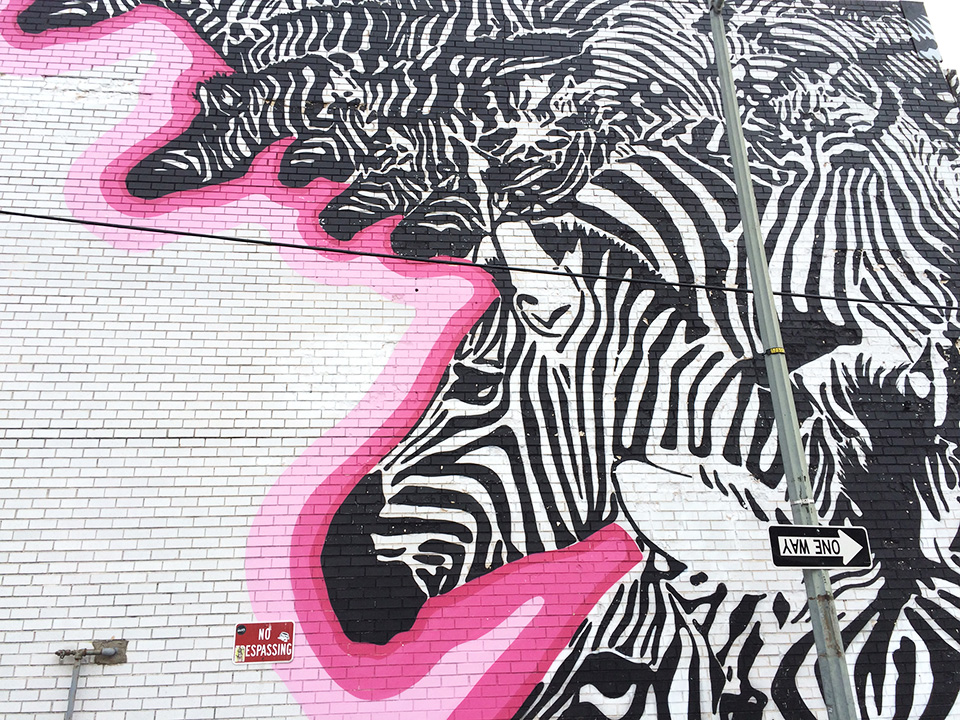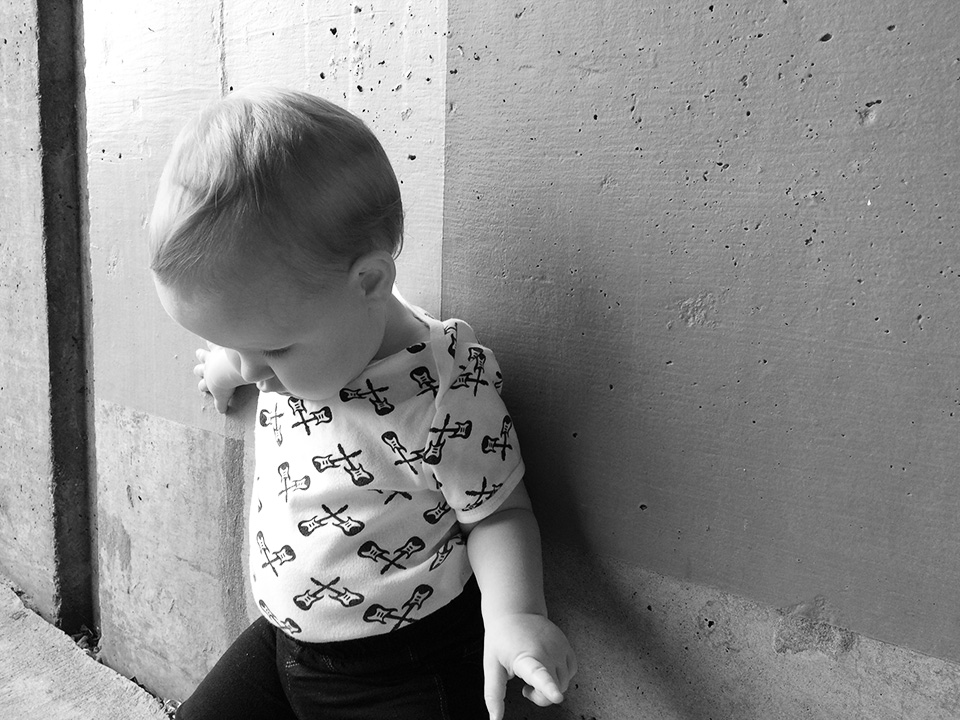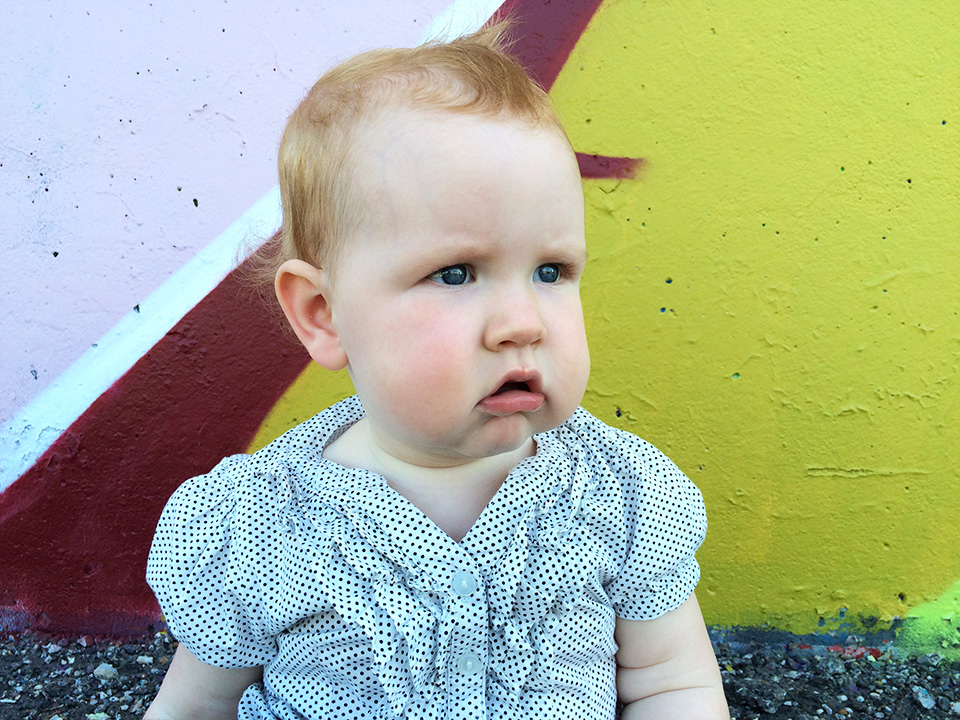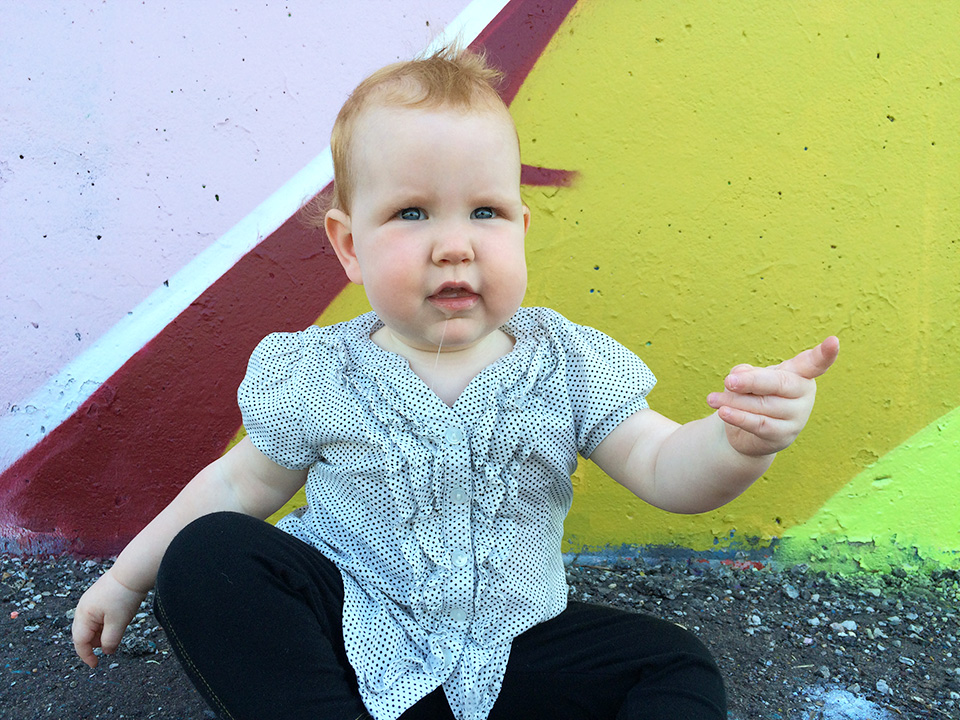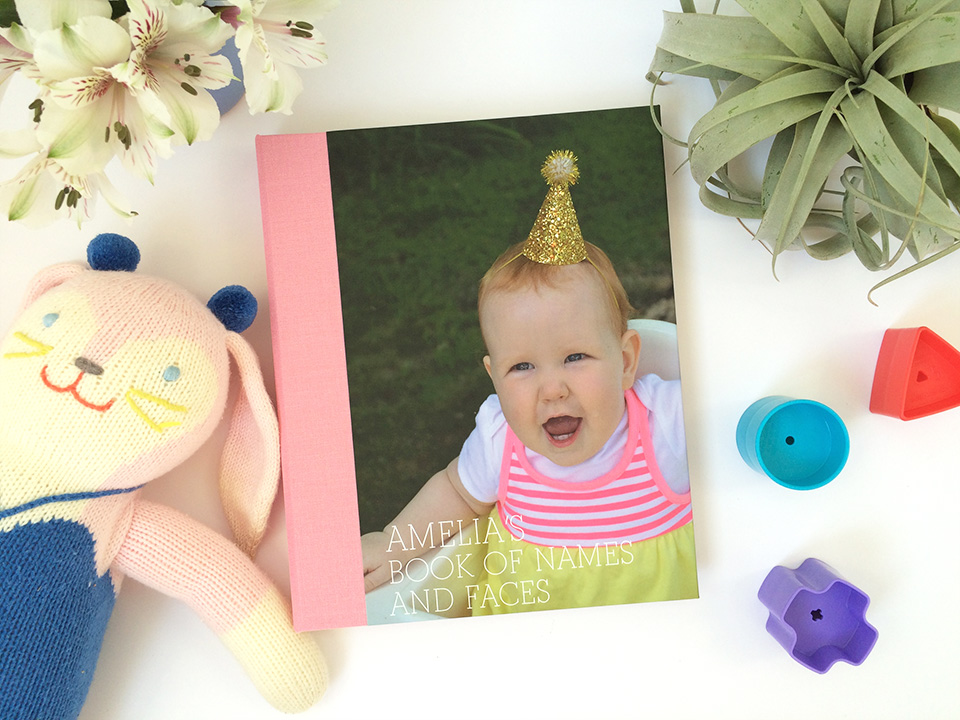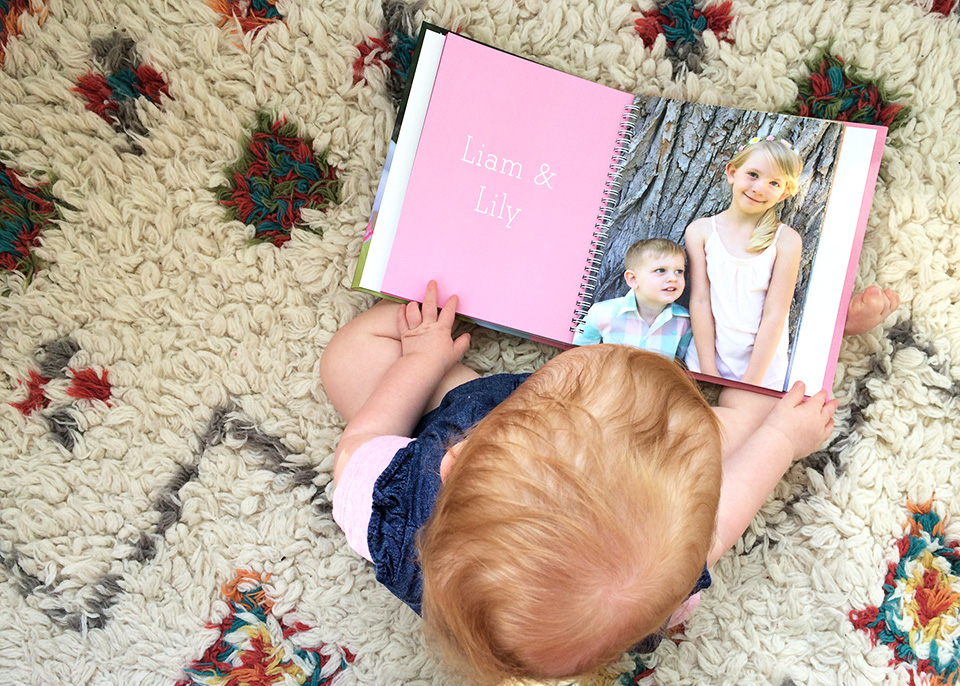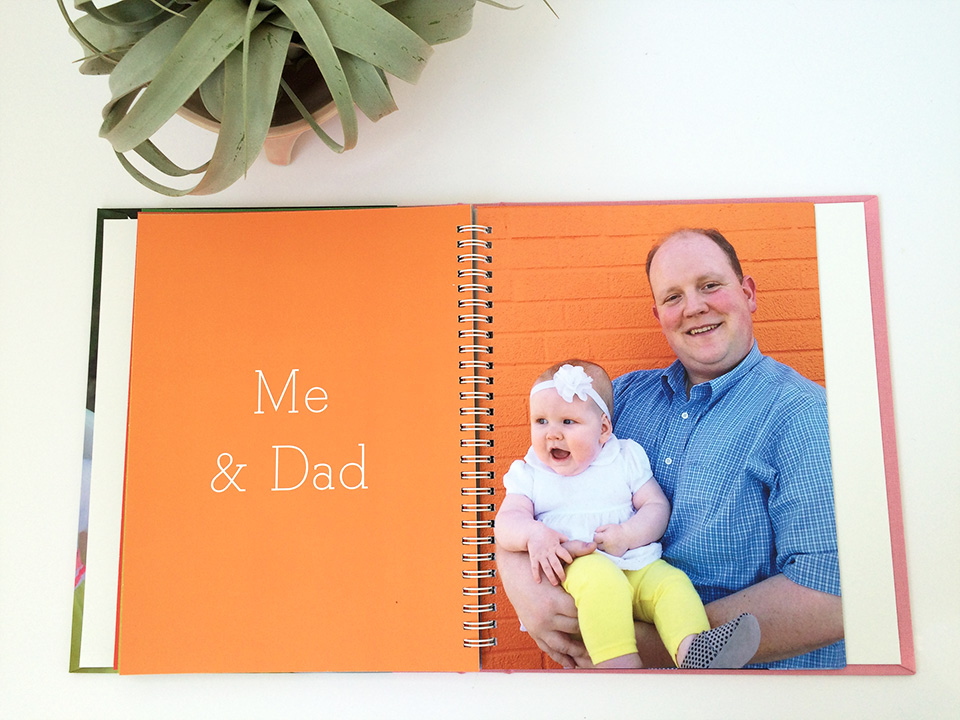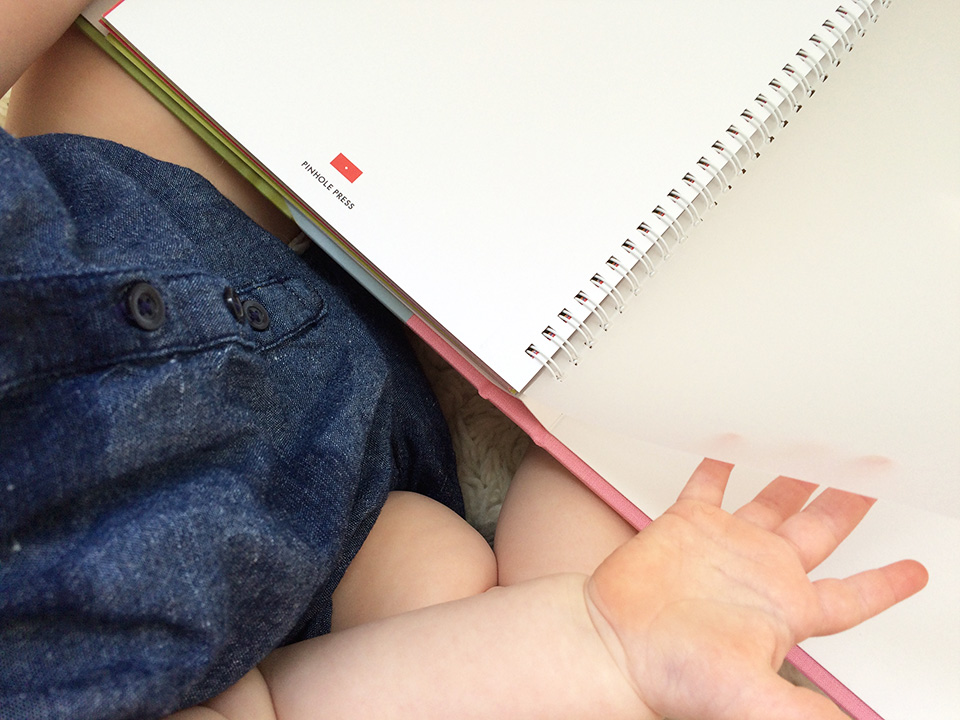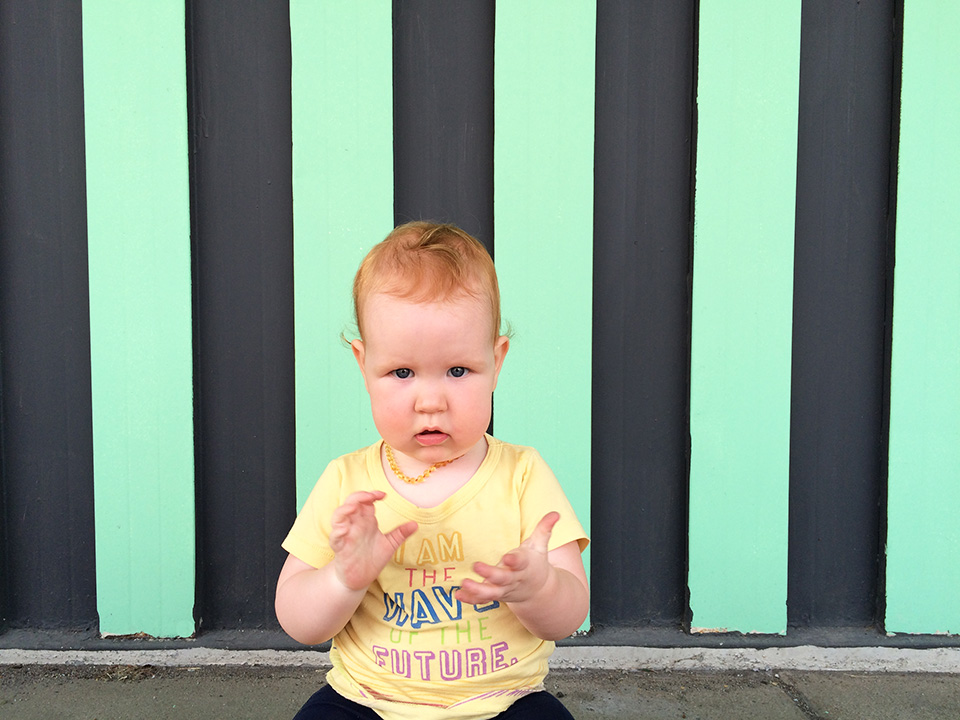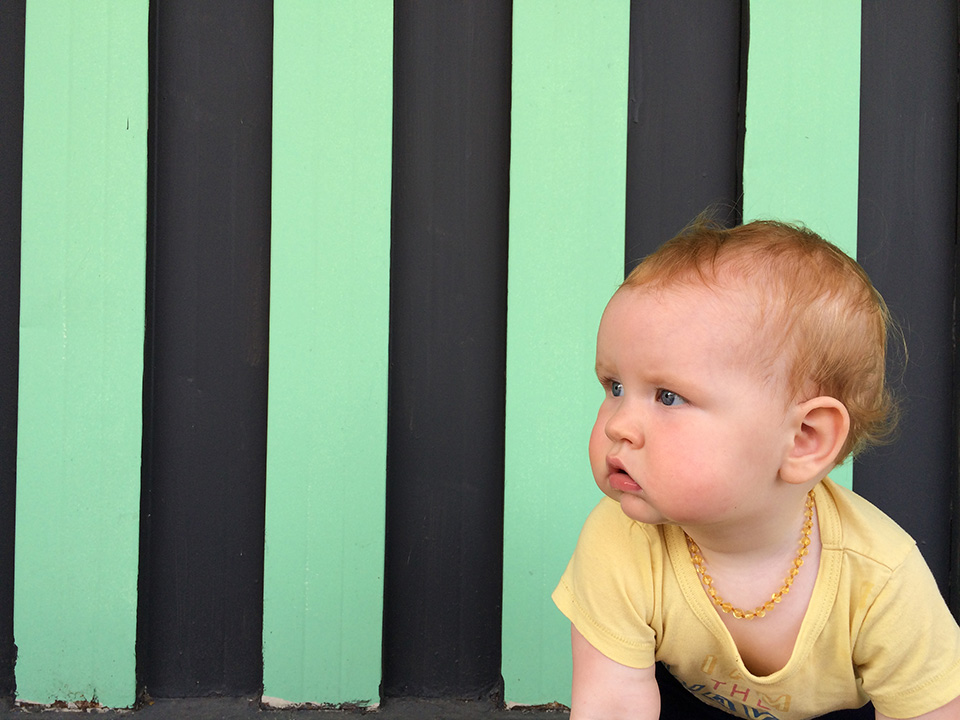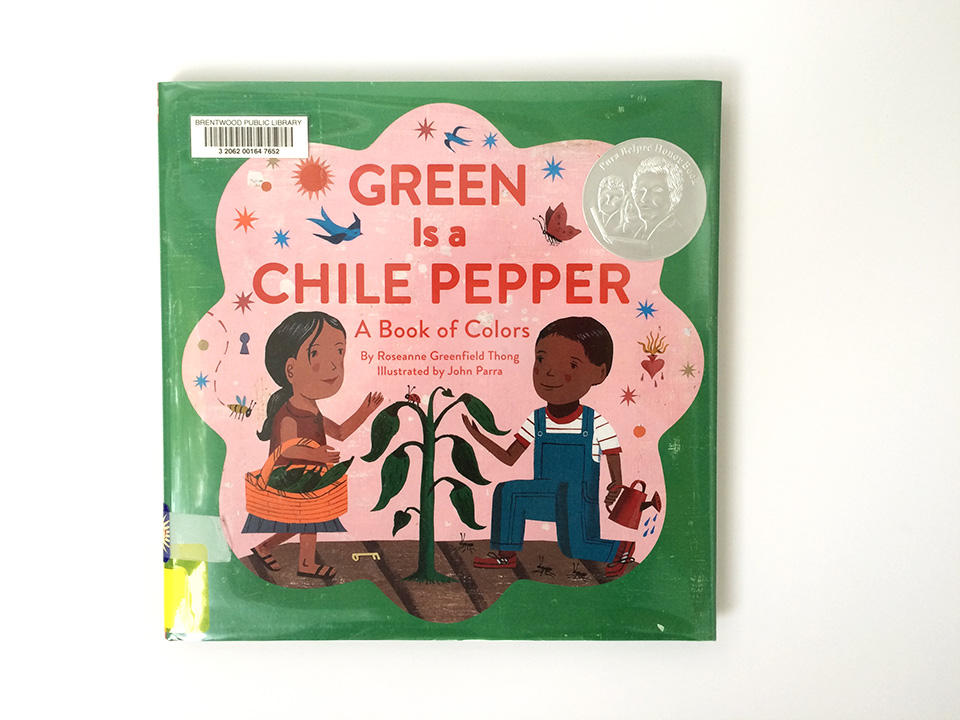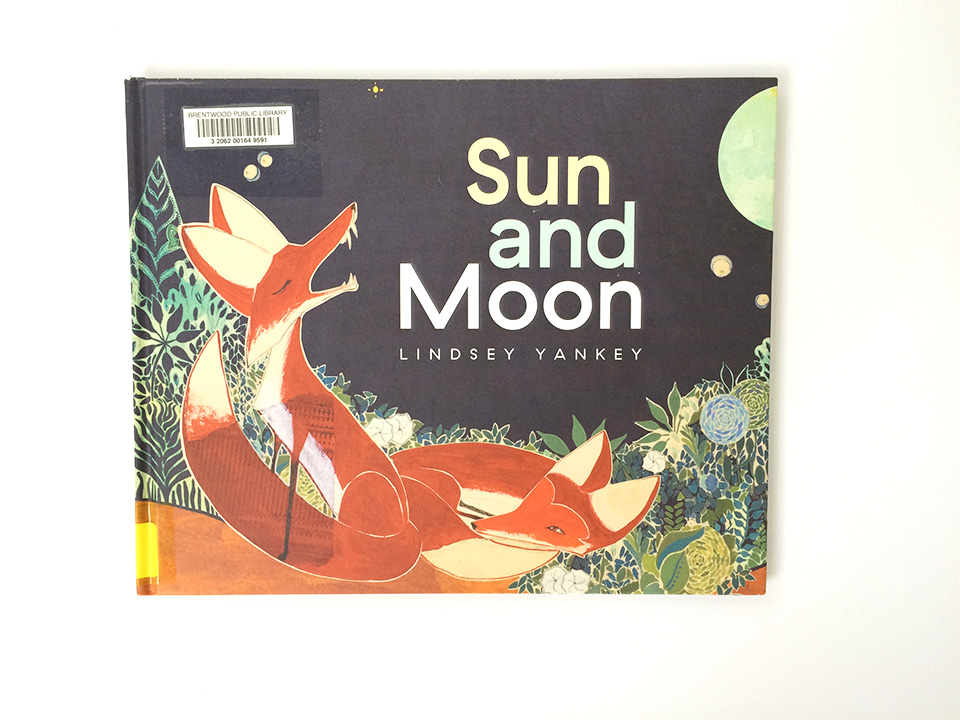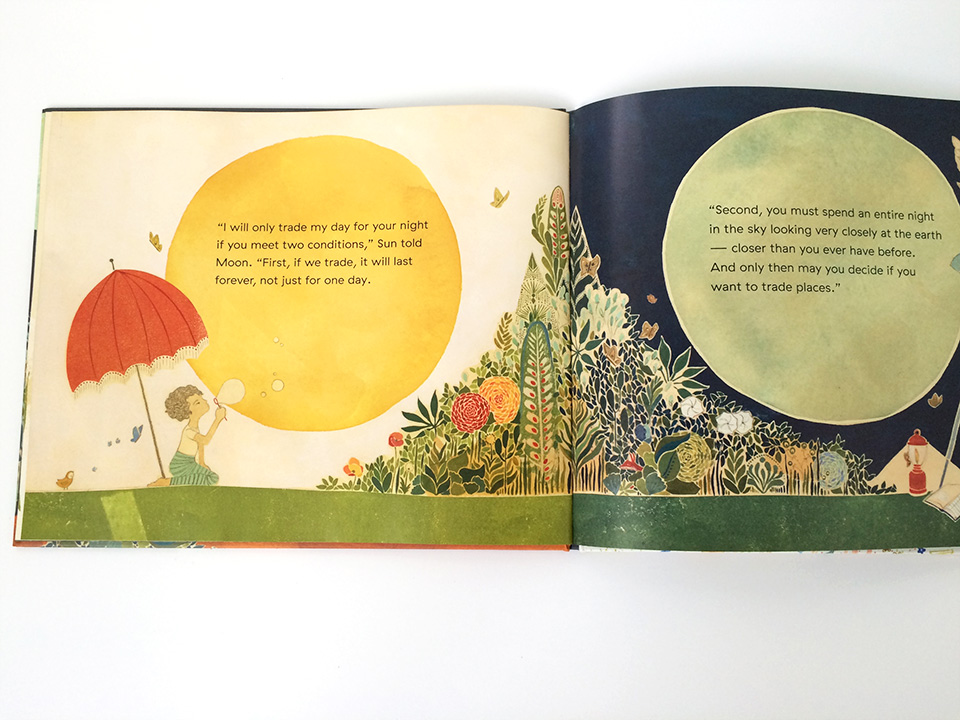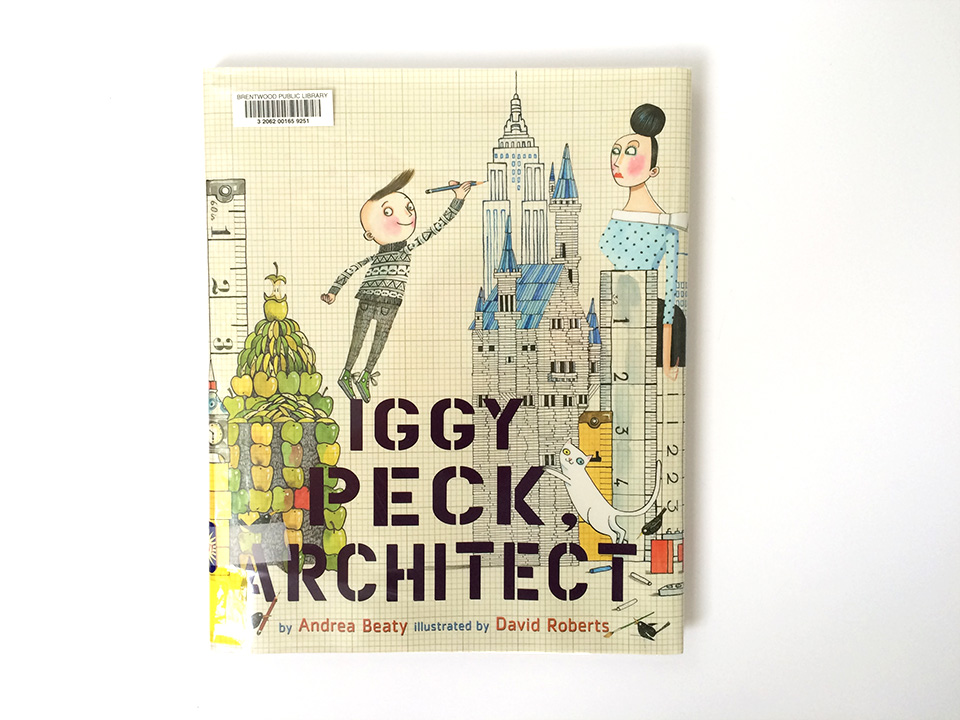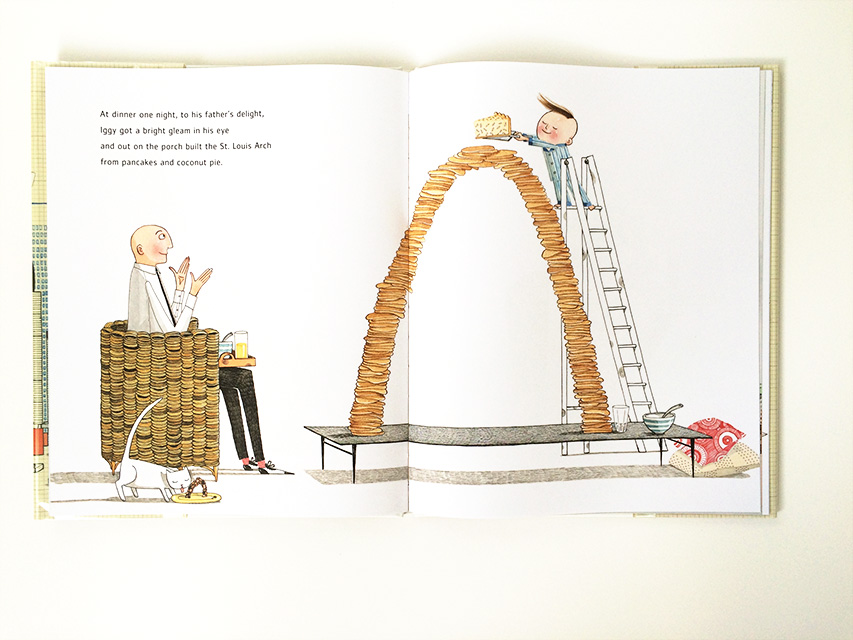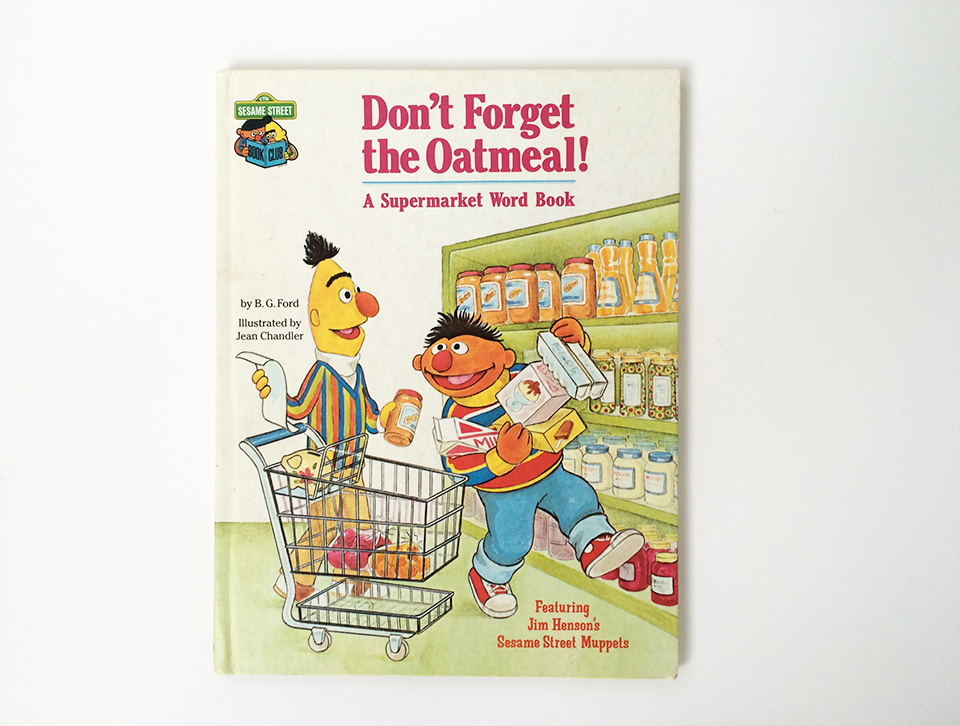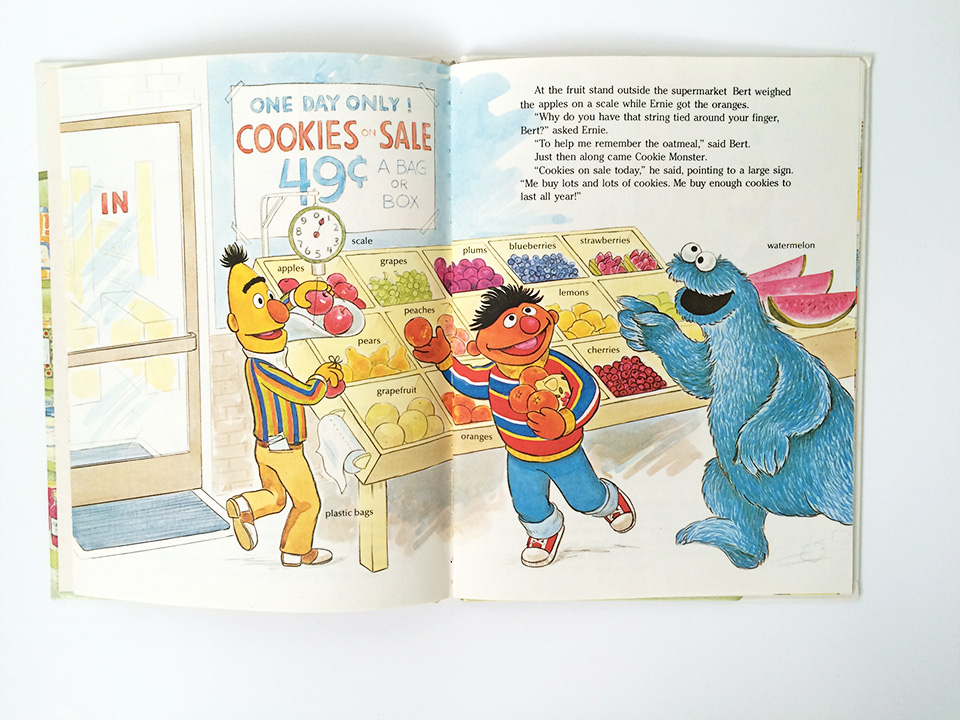I am officially declaring 2015 as the year I learned to sew. Kind of. I have vague memories of taking a home ec sewing class when I was in middle school (Utah's junior high equivalent), which likely resulted in a stunning pillow case. Then, in college, I remember cutting out the fabric for a full length lined pioneer style apron that a friend of mine so kindly sewed. And three years ago I even managed to crank out a lot of bunting for our wedding. So it's not like I've
never sewn anything before.
But I don't sew. And I'm certainly not a seamstress. In fact I sort of joke that I don't even like sewing. In truth I'm still amazed that I managed to make two
puff quilts a couple years ago with the help of a friend. And until recently I was pretty certain my sewing machine was stuck in the zigzag position. So that tells you a little something about my sewing qualifications. This year however something shifted and suddenly I thought
Hey, I can do this. I'm not a seamstress but I can do this.
Here are a few things I've learned over the last few months.
1. Right tool for the right job. You don't have to own a sewing machine to sew but it sure helps. In fact there are a ton of no-sew projects floating around the Internet, so technically you don't need a machine, but it would be a lot like learning to play the piano without a keyboard. Similarly you don't need a serger (the machine that finishes edges), but it makes sewing a little faster. I own a Singer sewing machine that my mom gave me several years ago. It isn't fancy but it works great. Other basic tools for sewing include: needles, thread, fabric scissors, rotary and
rotary mat for quilting, pins and pincushion,
seam ripper, and
marking pen. When I decided I wanted to make Amelia some baby clothes this summer I purchased a
loop turner and it made the job 100% easier. Once you have the basics all you need after that is fabric and project specific items (e.g, buttons, elastic,
snaps, zippers, etc.).
2. Wash your fabric. This is pretty self explanatory but sometimes difficult to implement. The number one reason to wash your fabric before you cut anything is to avoid puckering later, which can happen when a garment shrinks. But I have found it also makes the fabric softer and easier to work with.
3. Needle down first, turn the wheel last. A friend of mine was helping me with a pattern a few months ago and she taught me about putting the needle into the fabric first then flipping the switch to lower the foot onto the fabric. This simple step has made a huge difference and now I view it as a deliberate action to get into the sewing zone. Similarly, I was always so frustrated by taking the fabric out of the machine because the bobbin thread would double up, snag, and get stuck. Which usually meant I would pull out the bobbin and re-thread the entire machine. What a waste of time! Now when I am finished I turn the wheel at the side of my machine to release the thread and it works like a charm. Two simple tricks that make sewing A LOT easier.
4. Use tape as a guide. Have you ever looked at an item of clothing and really studied the stitching? It always amazes me how straight and perfect each hem is. Granted these are generally mass produced items, but still it doesn't take long to realize that your stitching will impact the look and feel of whatever you are making. Which means aiming for a straight and consistent line is the goal. For instance, if a pattern calls for a 1/2" seam allowance, measure out from the needle and put a piece of tape as a marker on your machine. Follow that guide and move the tape around whenever you need to. (
Washi or masking tape is great for this.)
5. Most things can be fixed. For years one of my mental sewing blocks was my extreme fear that the bobbin would run out of thread. Gah! I would check it compulsively to ensure that it wouldn't run out in the middle of a project and when it did it undid me. Then I decided to change my thinking. Because the thing about sewing is this:
the bobbin is going to run out. It's okay. Take a breath. Change it and keep sewing. It's kind of crazy I let my own thinking make me so anxious about sewing. Luckily I got over that. Also, seam rippers are a lifesaver. Use them and don't apologize for it. If you think something looks a little crooked or off and your gut tells you to stop and unpick it, DO IT. On the flip side, some things can't be fixed. For example, cutting fabric so the pattern faces the wrong direction or putting snaps in backwards. That's okay. It's part of the learning process. Which leads me to my last point.
6. Practice and process. Like anything the more you practice the better you become, right? Truthfully I don't aspire to be a seamstress and that's okay. It's also likely that my sewing machine will remain in storage
most of the year. However, I do want to be able to make an occasional Halloween costume, baby gift, or article of clothing. But sewing, for me, is all about the process. For years I was terrible at sewing. Now I'm a little better. Not because I have a black belt in sewing but because I've learned through doing. And I have had a lot of help over the years. My grandmother was a phenomenal seamstress. My mother-in-law made Amelia's baby blessing dress. Point is a lot of people
really love
to sew and are good at it. Learn from them. My one real piece of advice is this: make the process more important than the final product. Which I suppose is just a good life mantra.
Bonus Tip: Shopping for cute fabric is one of the best parts about sewing! In addition to places like Hobby Lobby and Michaels you can buy fabric online or at local quilt stores. Stumped for what to make? Try using a free online pattern from places like
here,
here, or
here.
Do you sew? What other techniques have worked for you?

